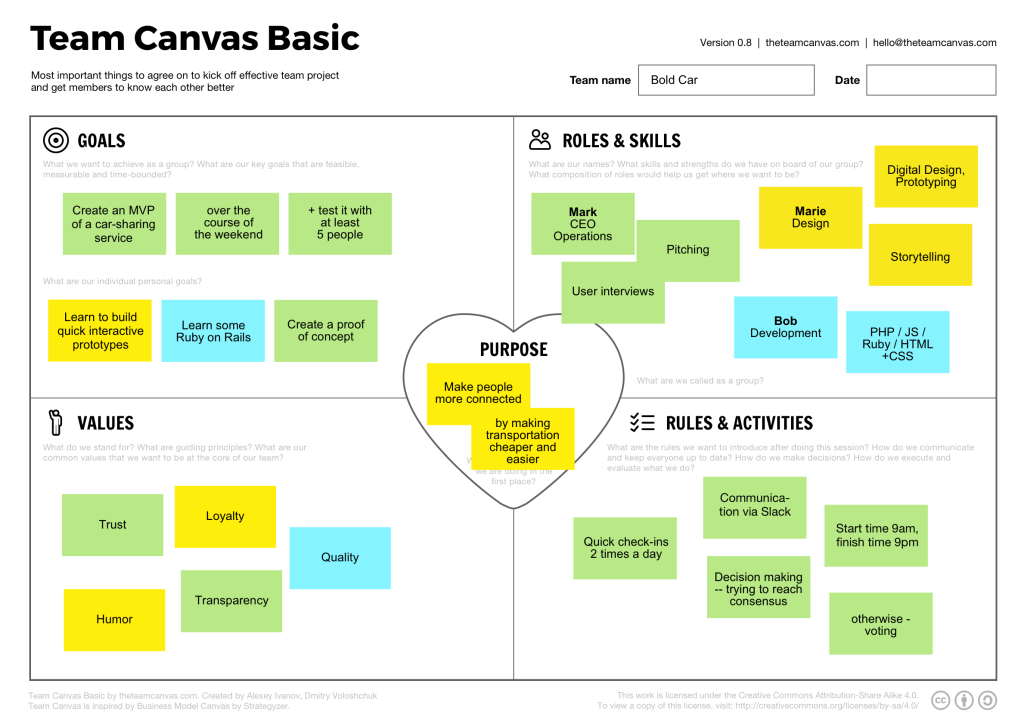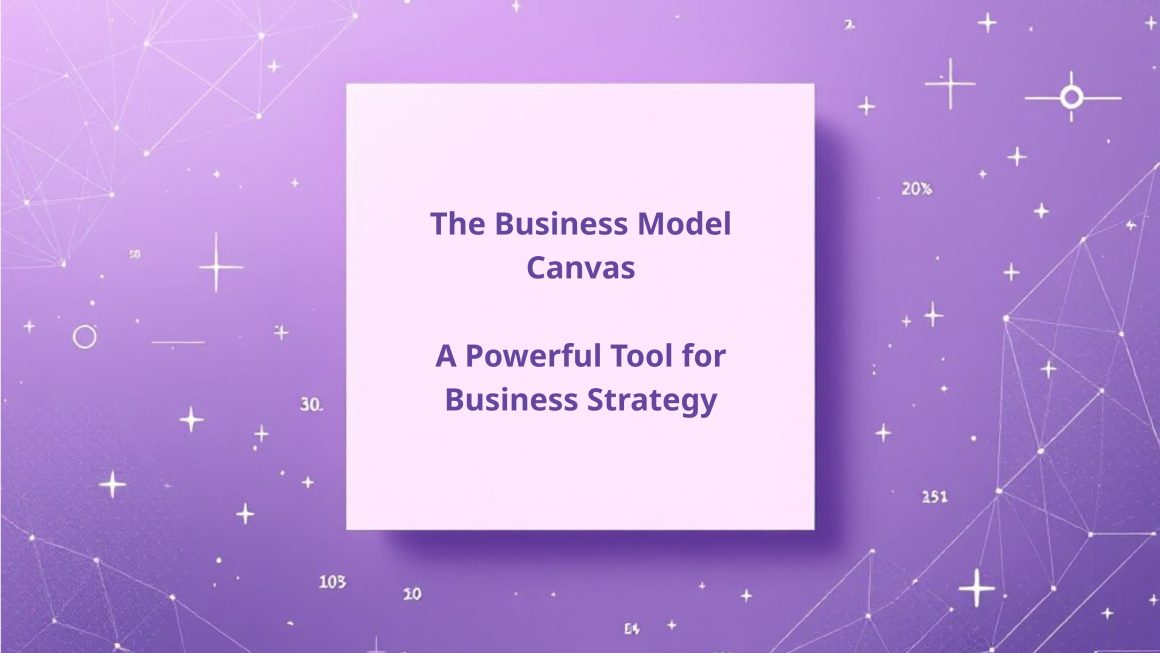Every Scrum Master or Agile Coach launches new Scrum teams from scratch. Launching a new Scrum team can be an exciting and challenging task.
I have already launched quite a few teams and I would like to share my experience. Let’s imagine the situation: you have all team members already and need to start launching the team from Monday.
The Scrum Master should use a variety of tools and techniques to launch a new Scrum team successfully. These may include creating a product vision, defining the product backlog, facilitating Scrum events, tracking progress using burn-down charts, and removing impediments to the team’s progress.
But what are the very first steps? Of course, you need to meet all togetger and do the following:
Step 1: Come up with a team name and choose a team picture.
This activity is the first step in forming the team. A joint discussion of what name and picture represents their character increases engagement and unites team members.
Step 2: Identify the Team Members.
We all know that a Scrum team should consist of a Product Owner, a Scrum Master, and Development Team members. It’s time to identify the roles and people: who is the Scrum Master, the Product Owner, Developers (roles and names). It would be great to add the photos.
Step 3: Define the Scrum Team’s Goal.
It’s essential to define the team’s goal. What will be the team’s primary goal? What problem will they solve, and what value will they provide to the company? The team’s purpose should be clear, specific, and measurable.
Step 4: Define the Personal Goals.
This is also a very important step. Defining personal goals will help understand better the characters and mindset of each team member.
Step 5: Define the Team Values.
The team can fix their own values together with Scrum Values:
- Commitment: The team commits to achieving its Sprint goal.
- Focus: The team focuses on the work of the Sprint and the Sprint goal.
- Openness: The team is open about its work and its progress.
- Respect: The team respects each other and other stakeholders.
- Courage: The team has the courage to do the right thing and work through difficult problems.
Step 6: Come up with Needs and Expectations.
It can help to build trust and improve communication among team members, as everyone is clear on what is expected of them and what they can expect from others. Additionally, defining needs and expectations can help to identify potential conflicts early on and prevent misunderstandings later.
Step 7: Define Rules and Activities.
Ask the team to agree on common rules and ceremonies. Let it be: a specific set of rules and actions they want to implement as a team every day. What rules they want to implement after this session, how they make decisions and so on.
Step 8: Define the Ways of Communcation.
It is important to define the main way of communication and tools: Zoom, messengers and so on.
These are just a few key points that will help you start forming a team. You can add to the list as neccessary for your new team.
For launching a new Scrum team you can use the tool – the Team Canvas. It is easy to find it in the internet and download free. This canvas is a visual tool that helps the team define its purpose, values, goals, and roles. It also helps the team identify its strengths, weaknesses, opportunities, and threats. The Team Canvas can be a useful tool for building a strong team culture and promoting collaboration and communication among team members. It can also help the team stay focused on its goals and continuously improve its processes.

There are some other canvases that the Scrum Master can use, they may not be suitable for the team’s launchng, but in the nearest future they can be useful:
- Agile Canvas: This canvas helps the team define its Agile approach and identify its goals, roles, and responsibilities.
- Business Model Canvas: This canvas helps the team define its business model and identify its key stakeholders, value proposition, and revenue streams.
- Value Proposition Canvas: This canvas helps the team define and validate its value proposition and customer segments.
- Persona Canvas: This canvas helps the team define its target personas and their needs, goals, and pain points.
Do not forget, that to successfully launch a new Scrum team, the Scrum Master should focus on coaching the team on the values of Scrum. The Scrum values include commitment, focus, openness, respect, and courage. The Scrum Master should explain each of these values and why they are important, as well as encourage the team to discuss how they can embody these values in their work. No doubt, the Scrum Master should lead by example and embody the Scrum values themselves, modeling the behavior they want to see in the team and encouraging the team to do the same.
Of course, launching a new team is not always smooth and without problems. In most cases, Scrum Masters have to deal with resistance within the new teams. I would be happy if you share your team launch cases with me. This will help us all expand our experience and come up with universal solutions to difficulties together.
Do not hesitate to contact me on Telegram or at LinkedIn – just click one of these words.




